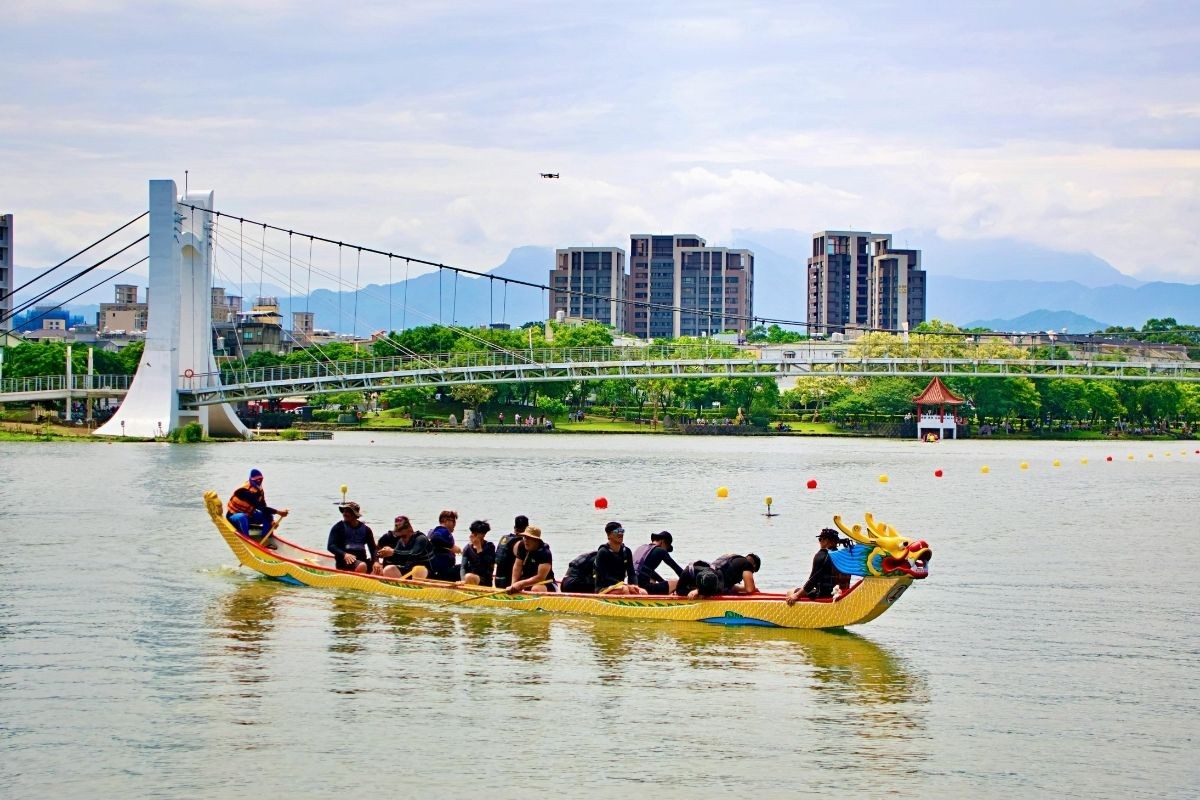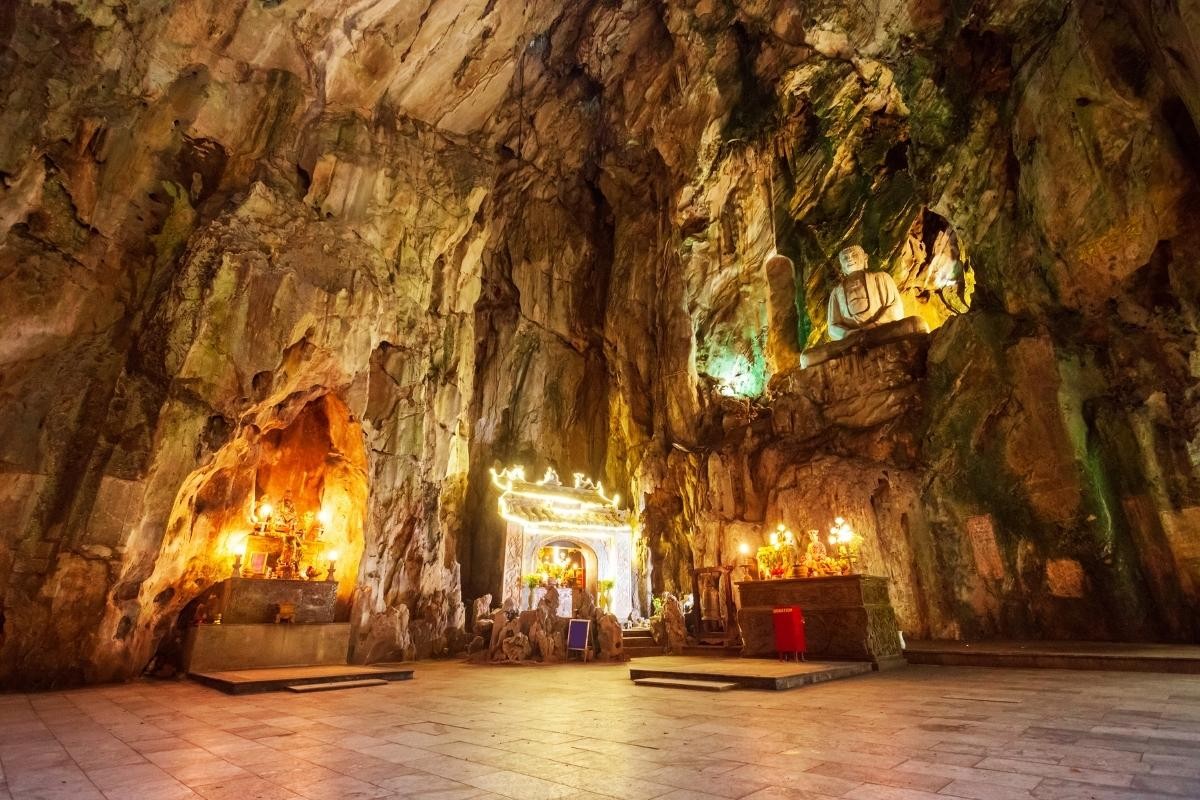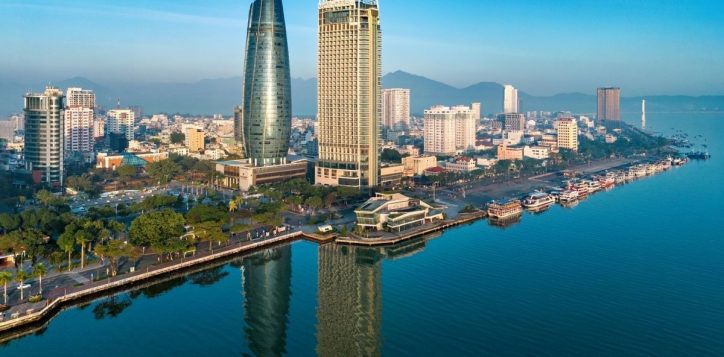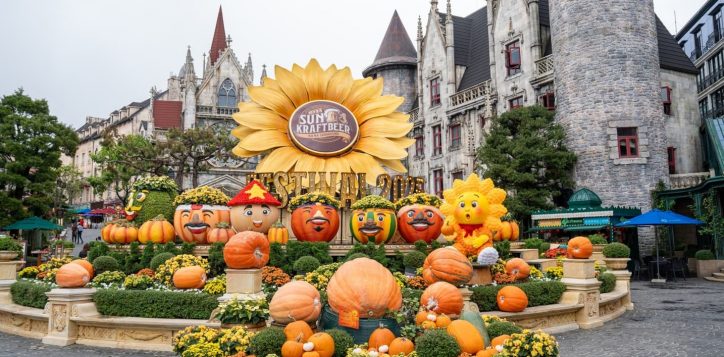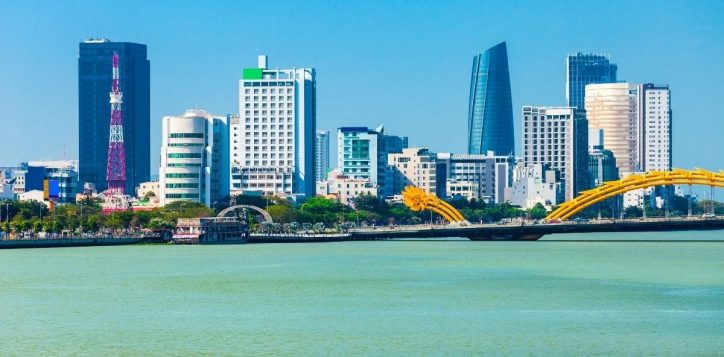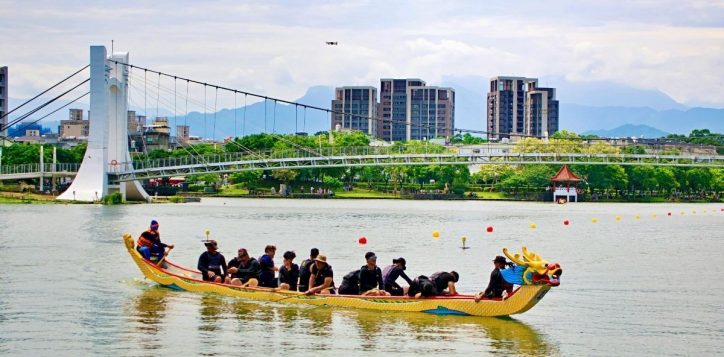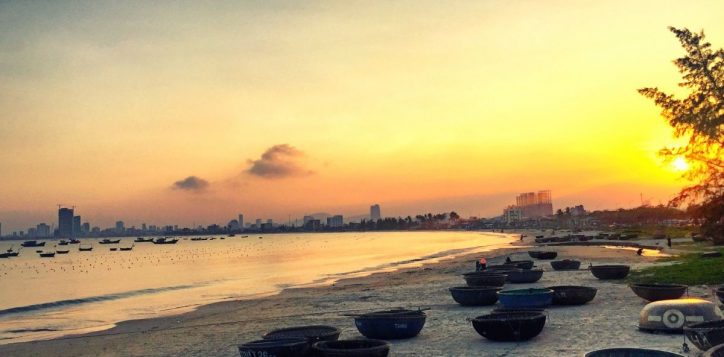Novotel Danang Premier Han River - Family & Business trip hotel - Best Time to Visit Da Nang 2026: Monthly Weather Guide
Best Time to Visit Da Nang 2026: Monthly Weather Guide
Traveling to Da Nang has always been a popular choice among tourists, and one of the key factors that shape the experience is the weather. The city has two distinct seasons: the dry season, from January to July, and the rainy season, from August to December. Each has its own unique charm, suitable for different types of activities and travel schedules. If you’re wondering which season is best to visit Da Nang, this article will help you explore the city’s weather month by month, along with suggestions for suitable attractions to make planning your trip easier.
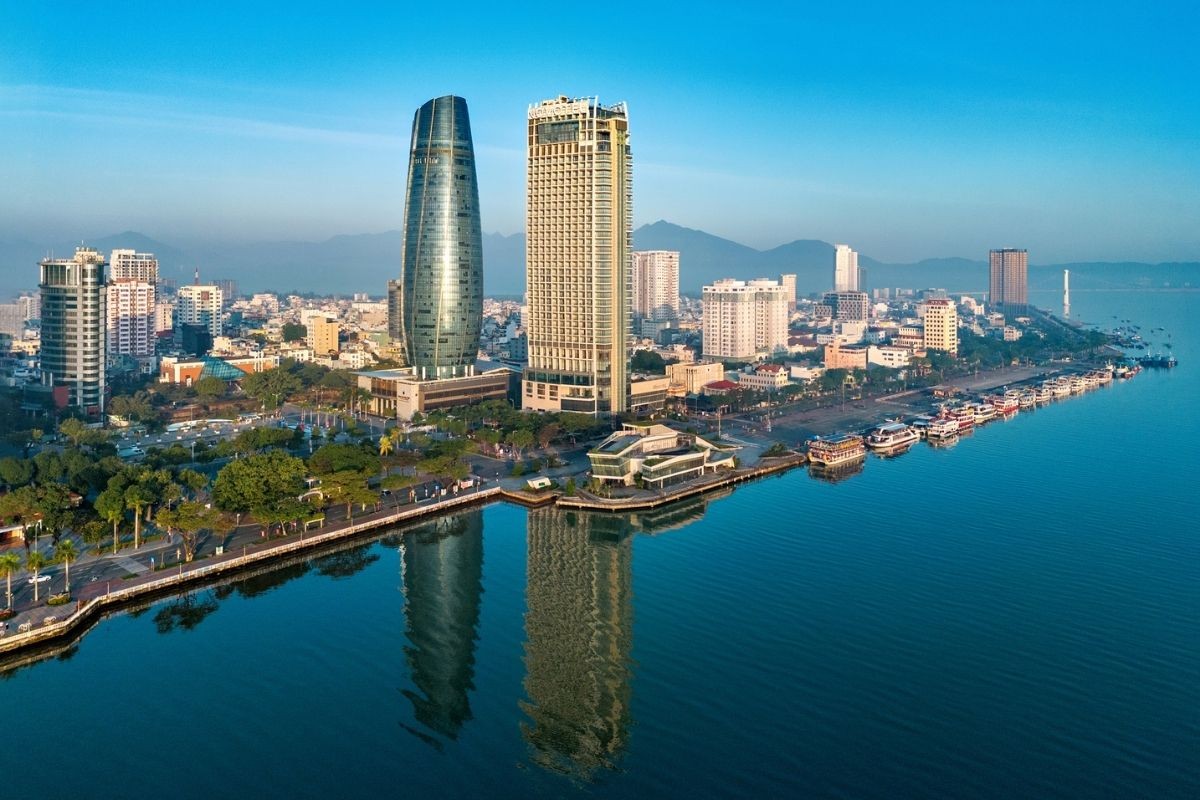
Best Time to Visit Da Nang
The period from April to August is considered the most ideal time to visit Da Nang. During this time, the weather is sunny, with little rain, clear blue seas, and fresh air — perfect for swimming, sightseeing, or participating in outdoor activities.
Each month, however, has its own appeal. Early in the year, the weather is mild and pleasant for leisurely exploration, while the end of the year is filled with festive energy. Depending on your preferences, you can choose the best time that suits your travel style.
Dry Season Weather in Da Nang (January – July)
January
Da Nang enters its dry season with temperatures ranging from 18.5°C to 24.8°C — cool and comfortable with little rainfall. It’s a great time for seaside walks or exploring outdoor attractions in the refreshing air.
Visitors can visit My Khe Beach — ranked among the world’s most beautiful beaches. January also coincides with the Tet (Lunar New Year) preparations, giving the city a lively, festive vibe full of cultural and traditional events.
February
In February, Da Nang’s average temperature ranges between 19.8°C and 26.1°C. The mild weather, combined with the colorful atmosphere of Tet, makes the city especially vibrant and picturesque.
Visitors can explore Son Tra Peninsula, Linh Ung Pagoda, or take a walk along the Han River Bridge to fully embrace the spring atmosphere. A cultural highlight this month is the Han River Boat Racing Festival — a lively local event attracting crowds of residents and tourists alike.
March
By March, the weather begins to warm up, with temperatures ranging from 21.5°C to 28.7°C and minimal rainfall — ideal for outdoor adventures. It’s the height of the dry season, with clear skies and bright sunshine.
Popular activities include swimming at My Khe Beach, hiking at Marble Mountains, or exploring Son Tra Peninsula. March is also marked by the Quan The Am (Avalokitesvara) Festival — a major cultural and spiritual event that draws pilgrims and visitors from all over Vietnam.
April
April in Da Nang is warm, with average temperatures around 23.3°C to 31°C. Rain is rare, though occasional sea breezes add a refreshing touch. This is the perfect time to visit landmarks such as the Han River Bridge — Vietnam’s first swing bridge — or explore the Marble Mountains and Son Tra Peninsula.
The month also features the Cau Ngu (Whale Worship) Festival, a traditional celebration praying for calm seas and abundant harvests.
May
May marks the hottest period of the dry season, with average temperatures between 24.9°C and 33.4°C, occasionally reaching 38–40°C. The long sunny days are perfect for swimming and water sports. Visitors can enjoy the turquoise waters at Da Nang’s beaches or relax at beachfront resorts for a balance of exploration and leisure.
June
June is typically hot, averaging 25.5°C to 33.9°C, with occasional showers providing relief. It’s a great month for beach activities like swimming, surfing, and kayaking at My Khe or Non Nuoc Beach. The highlight event is the Da Nang International Fireworks Festival (DIFF), which attracts global teams and thousands of spectators each year.
July
In July, the weather remains hot, averaging 25.3°C to 34.9°C, with little rainfall — ideal for outdoor adventures such as beach visits, mountain hikes, or nighttime Han River cruises. The city also hosts the Da Nang Light Festival and the Da Nang Beach Festival, featuring music performances, folk games, and local cuisine showcases.
Rainy Season Weather in Da Nang (August – December)
August
August marks the beginning of the rainy season, with higher rainfall and average temperatures from 25°C to 33.9°C. While occasional strong sea winds occur, the weather remains pleasant and cooler.
This is also a great time to explore Da Nang’s culinary scene at local restaurants. Despite the rain, Sun World Ba Na Hills remains a must-visit destination — with its misty European-style scenery and cool mountain air. Visitors can marvel at the iconic Golden Bridge shrouded in morning fog or enjoy cozy cafés atop the mountain. Just bring a light jacket and umbrella, and you’ll have an unforgettable experience.
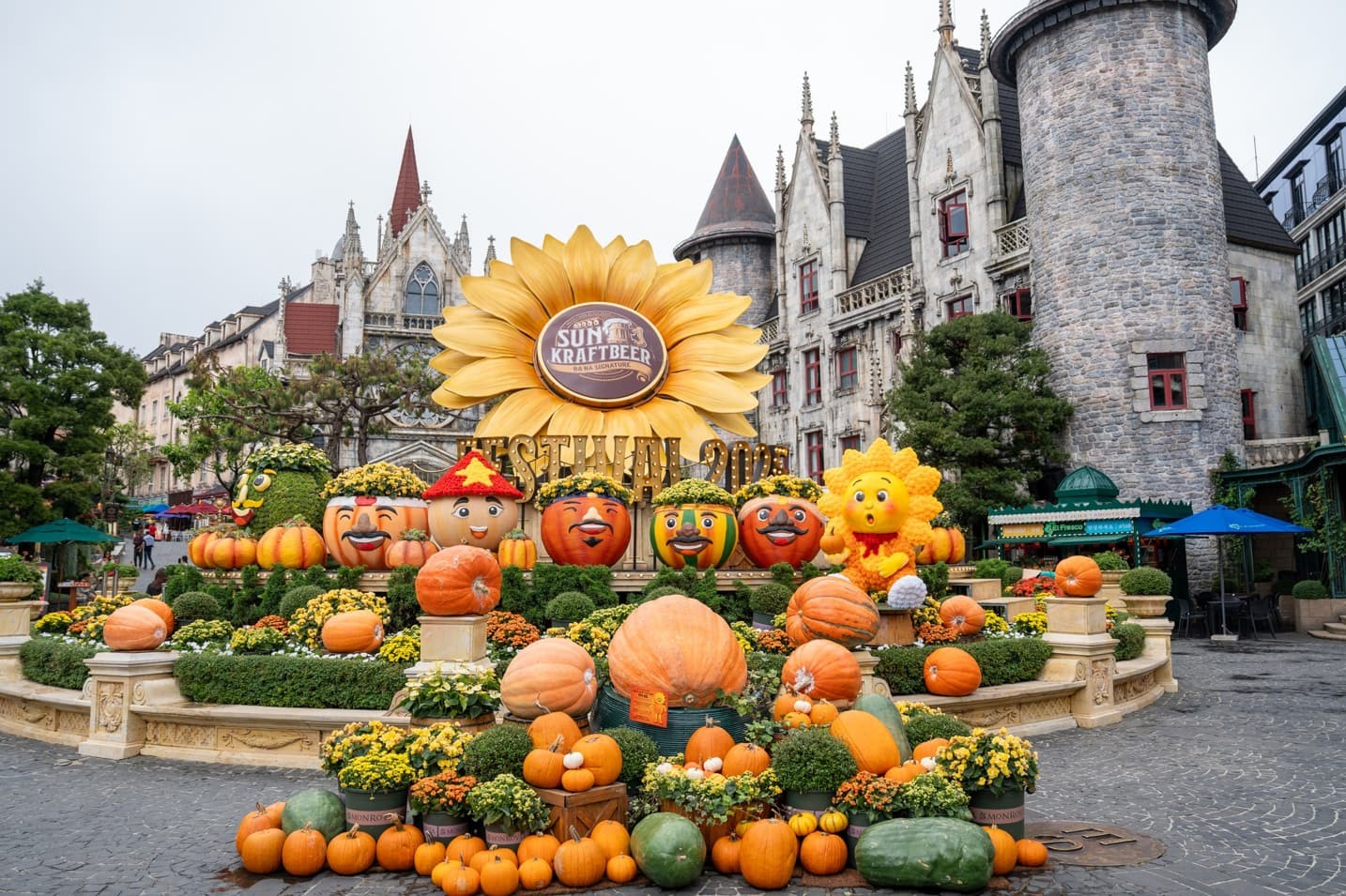
September
September sees frequent rainfall — about 15–20 days of rain per month — with temperatures around 24°C to 31.4°C. The cool, humid weather makes it ideal for indoor attractions such as the Cham Sculpture Museum or city shopping centers. This month also coincides with Vietnam’s National Day (September 2), when the city hosts lively cultural and art events.
October
October is the peak of the rainy season, with temperatures between 23.3°C and 29.6°C. Heavy rains limit outdoor activities, but visitors can enjoy indoor experiences like sampling local cuisine, visiting museums, or relaxing at spas.
Consider staying at Novotel Danang Premier Han River — a 5-star hotel with stunning Han River view in Da Nang — for a comfortable, luxurious retreat in the city center with world-class service and stunning river views, perfect for rainy days.
November
In November, Da Nang continues to experience heavy rainfall, with temperatures ranging from 21.3°C to 26.6°C. While outdoor activities may be limited, it’s a good time to visit museums, shopping centers, or enjoy local cuisine in cozy settings. Cultural events and community activities during this period offer unique experiences for visitors.
December
December remains cool and rainy, with temperatures between 19°C and 24°C. It’s an ideal time for indoor activities such as visiting museums, shopping, or relaxing at spa resorts. As Tet (Lunar New Year) approaches, Da Nang becomes lively with festive decorations and cultural performances, giving visitors a taste of Central Vietnam’s joyful spring spirit.
Overall, each season in Da Nang offers its own charm — the dry season is great for outdoor adventures, while the rainy season is perfect for cultural exploration and relaxation. Understanding the monthly weather patterns helps you plan a well-prepared and memorable trip to Da Nang, no matter when you visit.
 Novotel Danang Premier Han River ☆☆☆☆☆
Novotel Danang Premier Han River ☆☆☆☆☆
36 - 38 Bach Dang Street, Hai Chau District, 550000 Danang City
Vietnam
Tel: +84 (0)236 392 9999
Email:
H8287@accor.com

